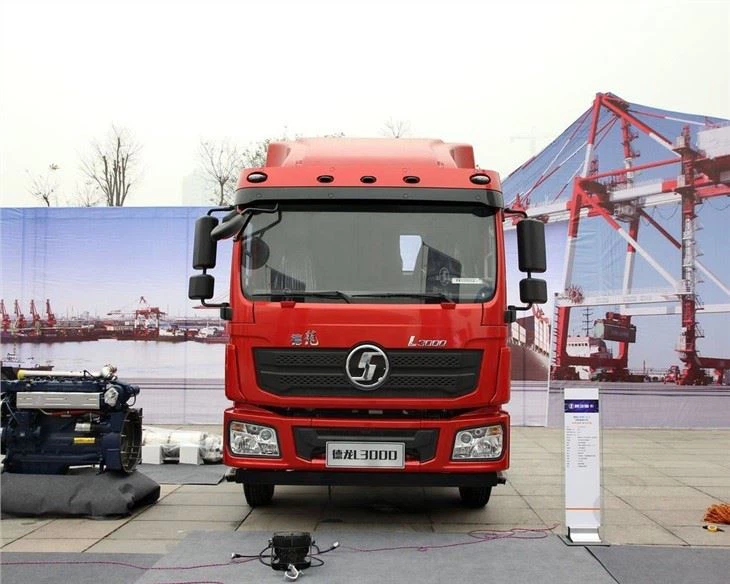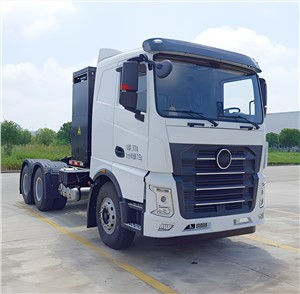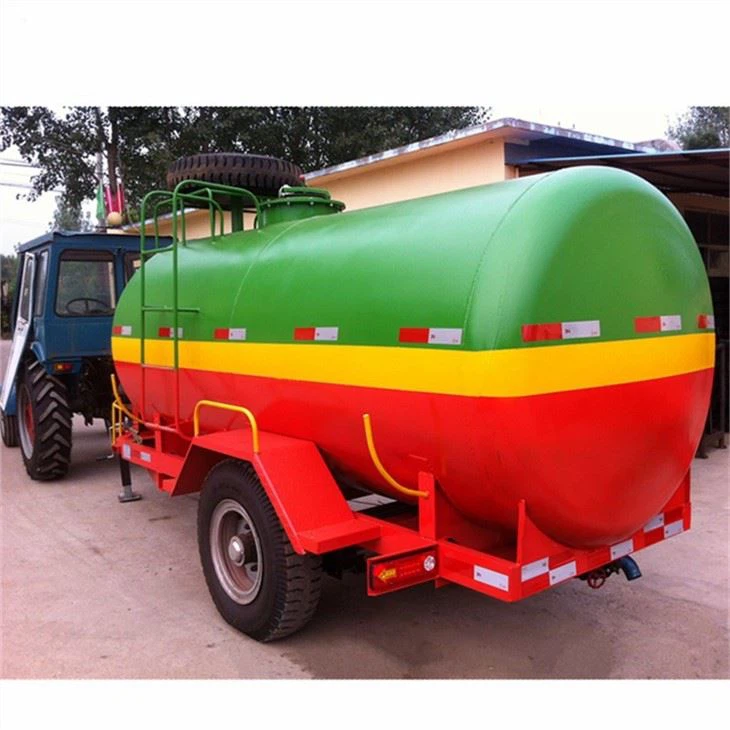Semi Fuel Tankers: A Comprehensive Guide

In the modern logistics and transportation scene, semi fuel tankers play a crucial role in delivering fuel efficiently and safely across various distances. This article provides an in-depth exploration of semi fuel tankers, discussing their construction, types, uses, regulations, and maintenance tips. Whether you’re a logistics professional, a business owner, or just curious about the subject, this guide aims to expand your knowledge and save you time seeking information.
What is a Semi Fuel Tanker?
A semi fuel tanker, also known as a fuel tank trailer or fuel tanker truck, is a type of trailer designed to transport liquid fuels such as gasoline, diesel, or other petroleum products. Typically mounted on a tractor unit, these tankers are essential in the supply chain of fuel delivery, ensuring that gas stations, power plants, and industrial businesses remain stocked with their essential fuel supplies.
Understanding the Anatomy of a Semi Fuel Tanker
To better comprehend how a semi fuel tanker operates, let’s break down its major components:
- Tank Body: The cylindrical body that holds the fuel.
- Chassis: The framework that supports the tank and ensures stability during transport.
- Axles: Wheels that distribute weight evenly and allow for movement.
- Pumping System: Used for loading and unloading fuel, typically powered hydraulically.
- Safety Features: Equipment designed to prevent leaks and accidents, including emergency shut-off valves and spill containment systems.
Types of Semi Fuel Tankers
Semi fuel tankers come in various designs, each tailored to specific needs and types of fuel. Here are some common types:
1. Standard Fuel Tankers
These are the most ubiquitous tankers used for transporting gasoline and diesel fuel. Often equipped with a combination of features to ensure fuel delivery is efficient.
2. Specialty Fuel Tankers

Designed for specific purposes, these tankers can transport fuels with unique requirements, such as aviation fuel, biodiesel, or kerosene.
3. Refrigerated Fuel Tankers
Some fuels require temperature control to maintain their integrity. Refrigerated tankers are equipped with insulation and cooling systems for this purpose.
4. Vacuum Tankers
These tankers are often used for transporting hazardous waste or other liquid materials requiring a vacuum-assisted loading and unloading system.
5. Multi-compartment Tankers
These allow for the transportation of multiple types of fuels in separate compartments, providing flexibility for fuel distributors.
Applications of Semi Fuel Tankers
Semi fuel tankers are utilized in multiple sectors, including:
1. Fuel Distribution
The most known application is delivering fuel to gas stations and commercial enterprises, ensuring timely availability for consumers.
2. Agriculture
Farmers require fuel for machinery and equipment; semi fuel tankers make it easier to supply diesel and other fuels in bulk directly to farms.
3. Construction
Construction sites often need fuel to operate heavy machinery. Tankers deliver fuel safely to these remote locations.

4. Emergency Services
In situations where regular supply chains are disrupted, semi fuel tankers can provide a rapid response for fuel delivery to critical services.
5. Industrial Operations
Many industrial operations require large amounts of fuel for generators and machinery, making semi fuel tankers a vital asset.
Regulations and Safety Standards
Due to the potential hazards of transporting flammable liquids, various regulations govern the operations of semi fuel tankers:
International Regulations
Organizations such as the International Maritime Organization (IMO) set safety and operational standards for maritime transport, while the International Organization for Standardization (ISO) establishes guidelines for tanker design and construction.
Local Regulations
Countries and states have specific regulations on driver training, tanker maintenance, and emergency protocols. Compliance with these regulations is essential to avoid penalties and ensure safety.
Maintenance of Semi Fuel Tankers
Proper maintenance is critical in ensuring the longevity and safety of semi fuel tankers. Here are some essential maintenance tips:
1. Regular Inspections
Conducting routine inspections for leaks, corrosion, and structural integrity should be a top priority.
2. Cleanliness
Maintaining cleanliness inside and outside the tanker reduces contamination risks and minimizes accidents. Use suitable cleaning agents and procedures.
3. Tire Care
Regularly check tire pressure and tread depth to ensure safe travel on the highway, minimizing blowouts and accidents.
4. Pump and Valve Maintenance
Regular checks on the pumping and valve systems ensure they are functioning correctly and prevent leaks during loading and unloading.
5. Documentation
Keep meticulous records of inspections, repairs, and maintenance to provide a clear history of the tanker’s condition and compliance with regulations.
Best Practices for Fuel Transportation
Transporting fuel ideally requires a thoughtful approach to ensure safety and efficiency. Some best practices include:
1. Train Operators
Hiring well-trained drivers who understand the nuances of handling fuel tankers can dramatically reduce the risk of accidents.
2. Follow a Loading Protocol
Strictly adhere to loading protocols, ensuring that tanks are filled correctly to avoid overfilling and spills.
3. Route Planning
Plan routes carefully to avoid hazards such as residential areas, schools, or congested city centers whenever possible.
4. Emergency Response Plans
Having an emergency response plan in place enables quick action in case of spills or accidents, ensuring safety is maintained.
Practical Examples of Companies Utilizing Semi Fuel Tankers
Many companies worldwide rely on semi fuel tankers for their fuel supply operations. Here are notable examples:
1. ExxonMobil
One of the largest oil and gas companies globally, ExxonMobil effectively uses semi fuel tankers to distribute traditional fuels and explore specialized fuel distribution.
2. Shell Oil Company
Shell participates actively in the transport of alternative fuels, utilizing multi-compartment tankers for various fuel types.
3. BP (British Petroleum)
BP employs advanced logistics systems, including a fleet of semi fuel tankers to ensure timely delivery to service stations.
FAQs About Semi Fuel Tankers
1. What is the average capacity of a semi fuel tanker?

The average capacity of a semi fuel tanker is usually between 5,000 to 11,600 gallons (approximately 19,000 to 44,000 liters), depending on the type and design.
2. How are semi fuel tankers cleaned?
Semi fuel tankers are typically cleaned through a process called ‘tank cleaning,’ which involves specialized equipment to remove residues and contaminants without leaving harmful substances in the tank.
3. What safety equipment is required for transporting fuel?
Essential safety equipment includes spill kits, fire extinguishers, emergency shut-off valves, and proper personal protective equipment for drivers and loaders.
4. Can semi fuel tankers transport hazardous materials other than fuel?
Yes, some semi fuel tankers are designed to carry hazardous materials, provided they meet stringent safety and regulatory standards for those substances.
5. What are the common challenges in operating semi fuel tankers?
Common challenges include regulatory compliance, fuel spills, maintenance costs, and the need for skilled drivers to handle such sensitive transportation.
6. How can I ensure I am compliant with regulations when operating a semi fuel tanker?
Stay updated with local and international transportation laws, conduct regular training for staff, and engage professional advice to navigate complexities in regulations.
